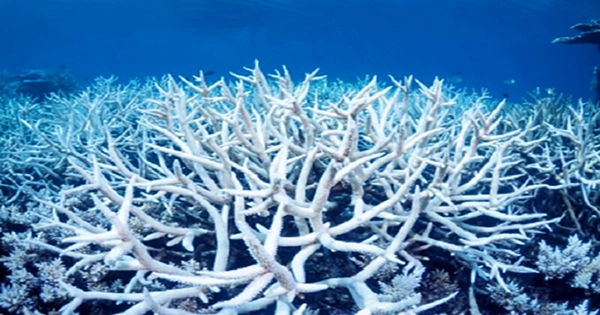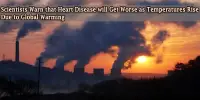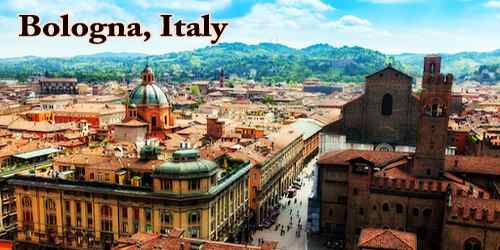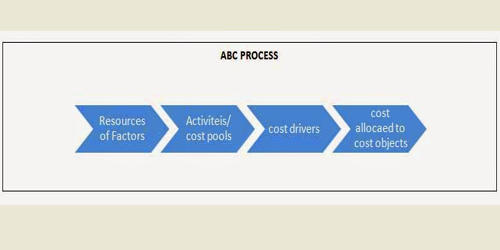On January 15, a tremendous explosion occurred in the Kingdom of Tonga at the Hunga Tonga-Hunga Ha’apai eruption. It generated the loudest boom in more than a century, launched a jet of debris into space, and caused a wave to sweep across the Pacific. The original wave’s height is now believed to have been 90 meters (295 feet), which is substantially higher than the Golden Gate Bridge’s deck, which is 75 meters (245 feet) above the water.
The study, which examined air pressure waves and ocean oscillation, was published in the journal Ocean Engineering. The tsunami that hit Tonga was a volcanic tsunami with two parts.
The initial waves were produced by atmospheric pressure waves that briefly encircled the earth. And an hour or so later, the second surge was produced by the water displacement, with the first wave having reached that astounding height and having a length of 12 kilometers (7.5 miles).
This enormous, exceptional occurrence serves as a reminder that, on a global scale, we must invest in advancing systems to identify volcanic tsunamis, which are presently around 30 years behind those used to monitor earthquakes. According to main author Dr. Mohammad Heidarzadeh, Secretary-General of the International Tsunami Commission from the University of Bath, “We are under-prepared for volcanic tsunamis.”
The first wave was nine times taller than the tsunami that followed the 2011 Thoku earthquake in Japan. Due to how far away this tragedy was, there were fewer casualties.
“The Tongan tsunami regrettably claimed the lives of five individuals and left a trail of widespread devastation, but its consequences would have been considerably more severe had the volcano been situated closer to populated areas. The volcano lies around 70 kilometers (43 miles) away from the Tongan capital Nuku’alofa; this distance considerably reduced the volcano’s destructive capability, according to Dr. Heidarzadeh.
The study demonstrates that the tsunami waves spread not just through the Pacific but also throughout the entire world. The tsunami is one of the rare natural disasters known to have this ability, with waves even reaching the Mediterranean Sea shore.
Dr. Aditya Gusman, a tsunami modeler at GNS Science, stated that the eruptions of the Anak Krakatau volcano in 2018 and the Hunga Tonga-Hunga Ha’apai volcano in 2022 “clearly showed us that coastal areas surrounding volcano islands are at risk of being impacted by damaging tsunamis.”
While it may be ideal to keep low-lying coastal areas free of any habitation, this may not always be feasible due to the rarity of volcanic tsunamis in some regions.
Dr. Jadranka “epi,” a co-author from the University of Split in Croatia, added: “Efficient warning systems, which include both real-time warnings and teaching on what to do in a case of a tsunami or warning, are crucial since they save lives. Additionally, monitoring of volcanic activity should be organized in volcanic areas, and it is always a good idea to conduct additional high-quality study into volcanic eruptions and risky regions.
















